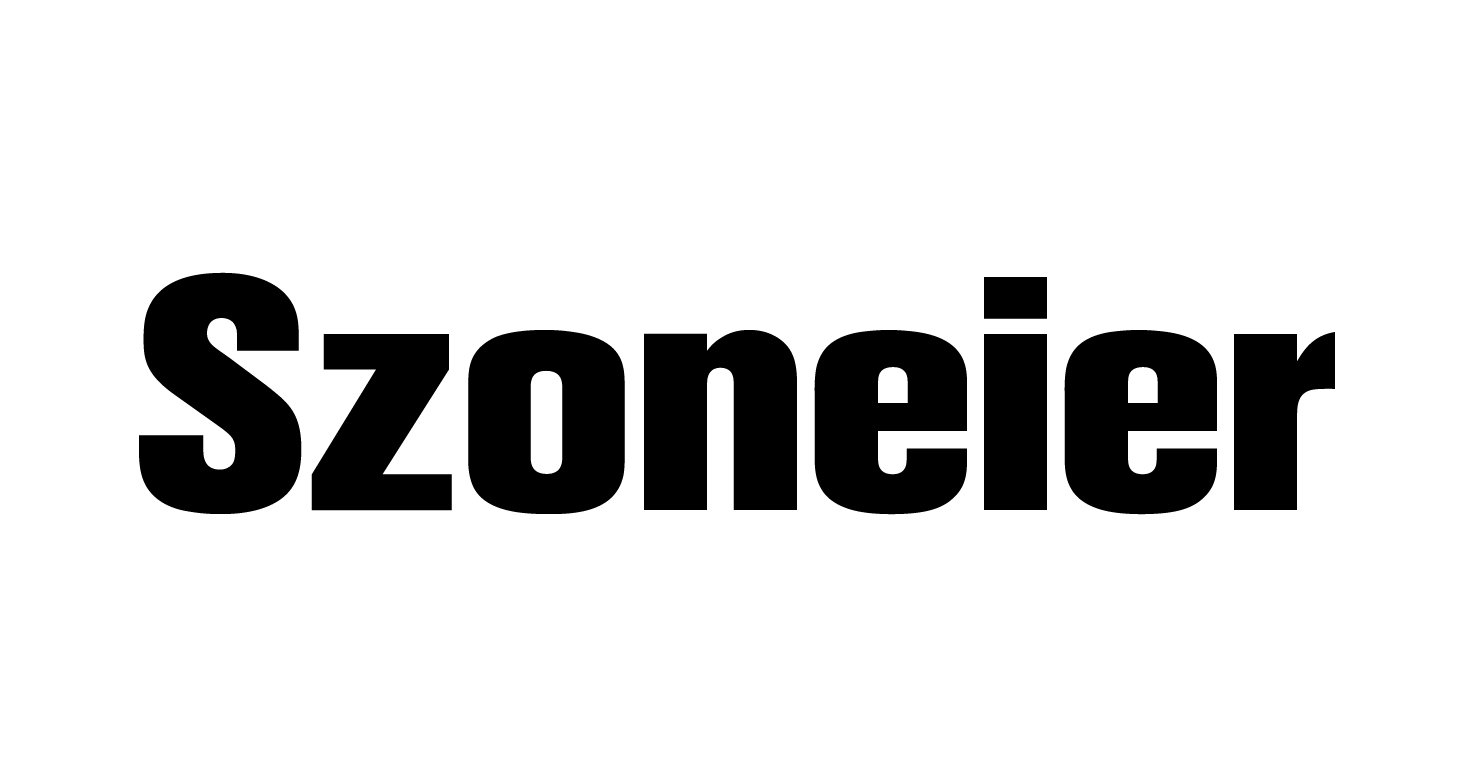In the age of performance fashion, loungewear, and custom apparel, polyester has taken center stage—not just for its durability, but for its unmatched adaptability in design and manufacturing. Whether you’re launching a minimalist athleisure line or high-volume promotional wear, polyester is the go-to fabric for private labels seeking both scale and style.
To manufacture polyester clothes for private label brands, you need to follow a clear development process: finalize product specs, select the right polyester fabric, manage MOQ and lead time, apply branding customizations, and coordinate production through a trusted apparel manufacturer.
This guide goes beyond the surface. We’ll cover the strategic decisions, sourcing insights, and customization techniques that help brands—big or small—create standout polyester collections. And to keep things practical, you’ll find real case studies, production data, and supplier red flags to watch out for.
Let’s begin with an example: a Canadian fitness influencer wanted to launch her own polyester-based leggings with personalized logos. She had no experience in fabric specs or lead time negotiations. By working with a manufacturer offering custom dyeing, heat transfer branding, and size grading, she launched her 3-SKU line in just 45 days with only 200 pcs per style—proving that starting a private label is more achievable than many think.
What Are the First Steps to Start Polyester Clothing Manufacturing for Private Labels?
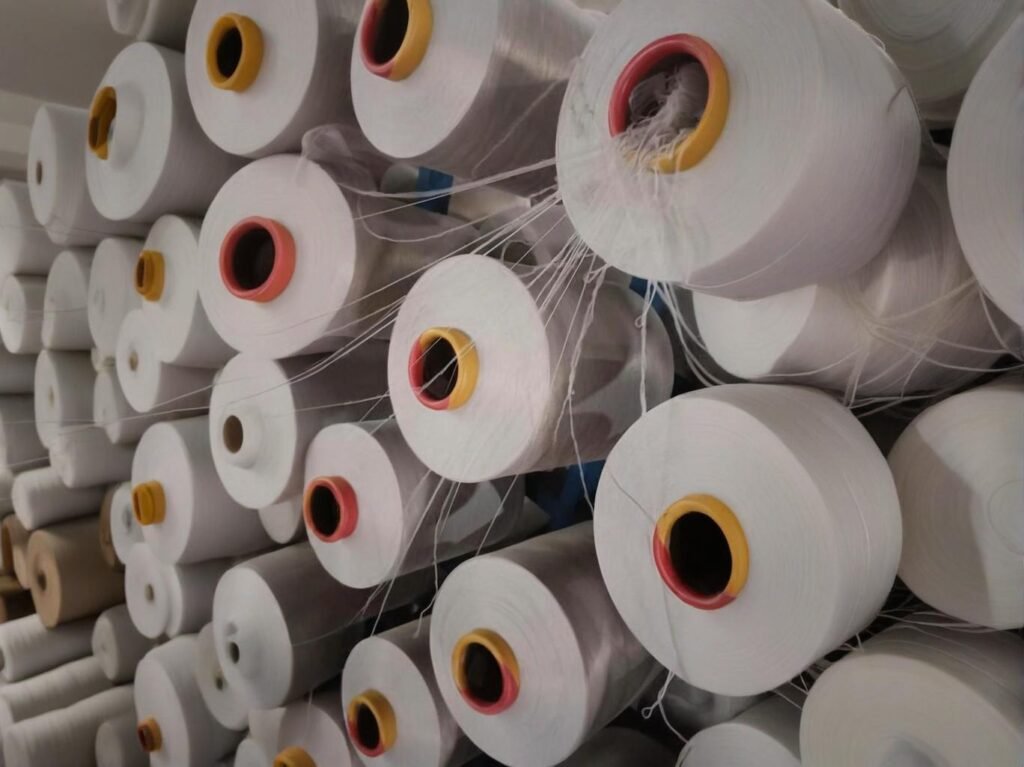
The first steps to manufacture polyester clothing under a private label include defining your product vision, creating a tech pack, choosing fabric and trim options, and sourcing a manufacturer capable of executing your design with customization options.
Laying the Foundation for Manufacturing Success
1. Define Your Product Vision
Before reaching out to any factory, clarify:
- Who is the end wearer?
- What category are you targeting (e.g., activewear, streetwear, uniforms)?
- What features matter most (e.g., stretch, moisture-wicking, sustainability)?
2. Build a Professional Tech Pack
| Tech Pack Components | Why It Matters |
|---|---|
| Flat Sketches | Provides visual clarity for cut and construction |
| Measurements | Avoids miscommunication across size ranges |
| Fabric & GSM Specs | Dictates sourcing and garment weight/feel |
| Colorways & Pantone Codes | Needed for dyeing or sublimation planning |
| Branding Details | Includes label type, logo position, packaging |
3. Choose the Garment Type and Fit
Start with 1–3 core pieces:
- Unisex performance t-shirt
- Zip-up hoodie with contrast panels
- Leggings or biker shorts with double waistband
Keep fits simple for your first order to minimize sampling revisions.
4. Sample Development
Your first prototype will help:
- Visualize the end product
- Test fit and performance
- Identify changes before bulk production
Many suppliers offer 7–14 day sampling windows, but responsiveness from your side is key to avoid timeline stalls.
Real-World Insight
A startup in Berlin built their polyester capsule around 2 silhouettes (crop top and joggers) using in-stock interlock fabric. With a clean tech pack and minimal edits, they completed sampling in 11 days and launched within two months.
How Do You Choose the Right Polyester Fabric for Your Apparel Line?
Choosing the right polyester fabric depends on the garment’s purpose, desired hand feel, technical requirements (e.g., stretch, breathability), and printing method. You must consider GSM, knit structure, finish, and whether to use virgin or recycled yarns.
Matching Fabric to Function and Brand
1. Key Fabric Selection Criteria
| Factor | Typical Options | Application Example |
|---|---|---|
| GSM (grams/m²) | 120–160 (light), 180–220 (mid), 250+ (heavy) | 160 GSM for tees, 220 GSM for leggings |
| Knit Type | Jersey, Interlock, Mesh, Pique, Rib | Interlock for leggings, Pique for polos |
| Fiber Type | Virgin PET, rPET, Poly-Spandex Blend | rPET for sustainable branding |
| Finish/Coating | Wicking, Anti-pilling, Anti-bacterial | Moisture-wicking for gymwear |
2. Common Polyester Fabric Types for Apparel
| Fabric Type | Characteristics | Best Used For |
|---|---|---|
| Interlock Polyester | Smooth, durable, 2-way stretch | Activewear tops, yoga tanks |
| Poly-Spandex Blend | 4-way stretch, body-hugging | Leggings, fitted t-shirts |
| Pique Knit Polyester | Textured, breathable | Polos, uniforms |
| Brushed Polyester | Soft hand feel, winter-friendly | Jackets, lounge sets |
| Mesh or Powernet | Breathable, open structure | Sports inserts, linings |
3. Virgin vs Recycled Polyester
- Virgin PET: Stable pricing, wide availability, color flexibility
- Recycled (rPET): Lower carbon footprint, higher market value for eco collections
Fabric Performance Comparison
| Attribute | Virgin Polyester | Recycled Polyester | Cotton |
|---|---|---|---|
| Colorfastness | ★★★★☆ | ★★★★☆ | ★★★☆☆ |
| Drying Speed | ★★★★★ | ★★★★★ | ★★☆☆☆ |
| Stretch Compatibility | ★★★★☆ | ★★★★☆ | ★★☆☆☆ |
| Environmental Score | ★★☆☆☆ | ★★★★☆ | ★★★☆☆ |
Humanized Use Case
An LA-based brand created a streetwear line using 200 GSM brushed polyester to mimic the softness of cotton, achieving high color saturation through sublimation while maintaining durability. Their feedback showed customers perceived the pieces as “premium and breathable,” even though they were fully synthetic.
What Is the Typical MOQ and Lead Time for Private Label Polyester Garments?
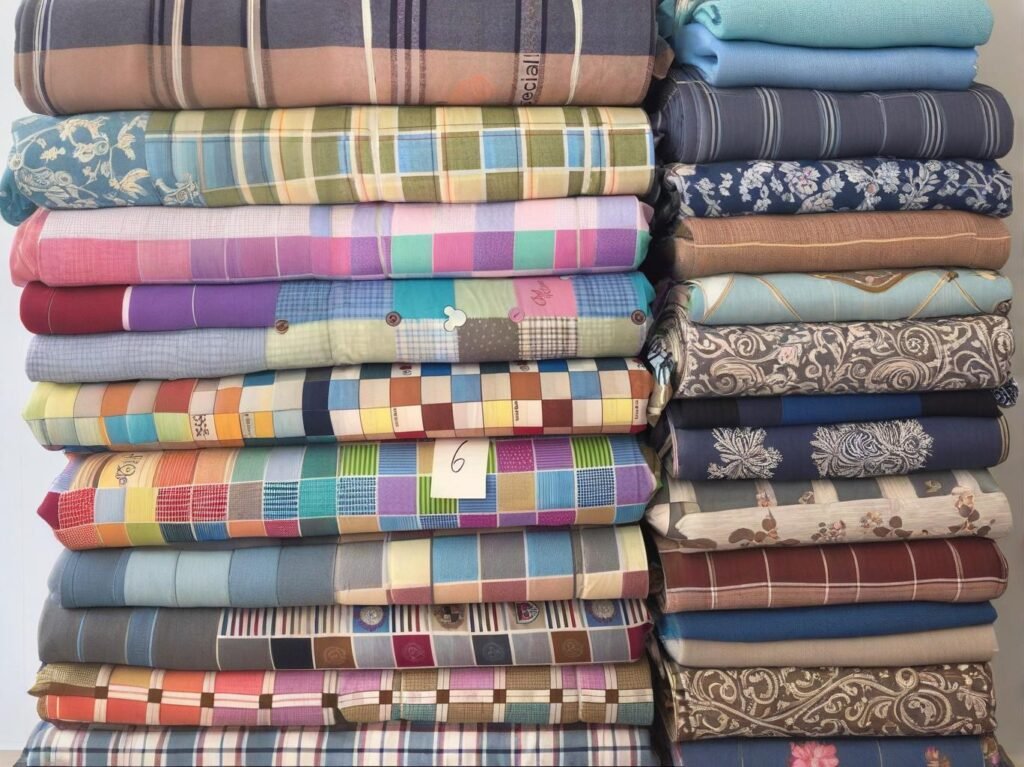
The typical minimum order quantity (MOQ) for polyester private label apparel ranges from 100 to 500 pieces per style, while production lead times generally fall between 15 to 45 days depending on fabric availability, customizations, and production scale.
Managing Order Size and Timelines Strategically
1. MOQ Ranges by Garment Type
| Garment Type | MOQ (Standard Range) | Notes |
|---|---|---|
| T-Shirts | 100–300 pcs | Lower MOQ for sublimation with stock fabric |
| Leggings/Yoga Pants | 200–400 pcs | Depends on size range and pattern complexity |
| Hoodies/Jackets | 300–500 pcs | Due to lining, trims, and detailed construction |
| Sports Sets | 400–600 pcs | Top + bottom sets often counted as 2 SKUs |
2. Factors That Influence MOQ
- Stock vs. custom fabric: Using stocked white polyester enables MOQs as low as 100 units
- Printing method: Sublimation and heat transfer require less setup than screen printing
- Labeling: Custom woven labels or printed care tags may carry their own MOQ (typically 1,000 pcs)
3. Typical Lead Time Breakdown
| Stage | Time Required | Notes |
|---|---|---|
| Sampling & Fitting | 5–10 days | Faster with clear tech packs |
| Fabric Procurement | 5–15 days | Longer if Pantone dyeing or rPET |
| Cutting, Sewing & Printing | 10–20 days | Depends on order volume and decoration |
| Final QC + Packing | 2–5 days | Includes labeling, folding, barcoding |
4. Quick-Turn Models
Some factories (like SzoneierFabrics) offer low-MOQ, quick-turn models:
- 100–150 pcs/style using in-stock fabrics
- 15–20 working day turnaround for sublimation-based collections
- Ideal for DTC brands, influencer merch, or first-time launches
Real-World Scenario:
A Netherlands-based cycling wear startup worked with a Chinese polyester supplier offering:
- 150 pcs MOQ per jersey style
- Full sublimation graphics
- Polybags with custom barcode stickers The brand completed launch prep and first delivery in 26 days, reducing pre-sale risk while ensuring fast time-to-market.
How Can You Customize Polyester Clothing with Branding and Design Features?
Polyester garments can be fully customized across multiple layers—from fabric color and texture to logo application, trims, fit, packaging, and performance treatments. The range of branding options is vast, giving private labels the flexibility to tailor every detail for their audience.
Full Customization Capabilities from Concept to Tag
1. Fabric Customization
| Option | Description | Lead Time / MOQ Impact |
|---|---|---|
| Pantone Fabric Dyeing | Match exact brand color | 7–10 days; MOQ ~300m |
| Texture Variants | Brushed, pique, mesh, rib, interlock | Available for most base yarns |
| Eco Fabrics | rPET, bamboo-polyester blends | Longer lead time, higher MOQ |
2. Logo and Design Applications
| Method | Best For | Characteristics |
|---|---|---|
| Sublimation Print | All-over prints, vibrant art | Permanent, smooth, works only on poly |
| Screen Printing | Bold logo marks | High opacity, cost-effective in volume |
| Heat Transfer (DTF) | Small logos, names | Low MOQ, crisp edges, matte or gloss |
| Embroidery | Chest patches, caps, badges | Premium look, higher per-unit cost |
3. Trim and Branding Elements
- Woven labels: Branded neck or side-seam labels
- Care labels: Heat transfer or printed satin
- Branded drawstrings, zippers, or aglets: Especially in high-end sportswear
- Custom hangtags: Including QR codes, swing labels, and biodegradable tag strings
4. Functional Finishing
| Treatment | Use Case | Notes |
|---|---|---|
| Moisture-wicking | Activewear, uniforms | Keeps wearer dry |
| Anti-odor coating | Sports or travelwear | Often silver-ion or bamboo-based |
| UV protection | Outdoor/summer garments | Rated UPF 30–50 |
| Wrinkle resistance | Apparel for e-commerce brands | Ensures shipping stability |
5. Packaging Options
- Custom printed polybags (biodegradable available)
- Branded shipping cartons with inserts
- Pre-folded, barcoded SKUs for retail-ready lines
Private Label Launch Case Study:
A US-based Gen Z-focused brand launched a polyester graphic tee line with:
- 180 GSM polyester interlock
- Sublimation on white fabric
- Heat transfer neck labels
- Hangtags with TikTok QR campaign codes
They achieved high visual consistency and reduced per-piece branding cost by bundling decoration and label placement at the same print station, saving time and avoiding misplacement errors.
Which Printing and Embellishment Techniques Work Best for Private Label Polyester Apparel?
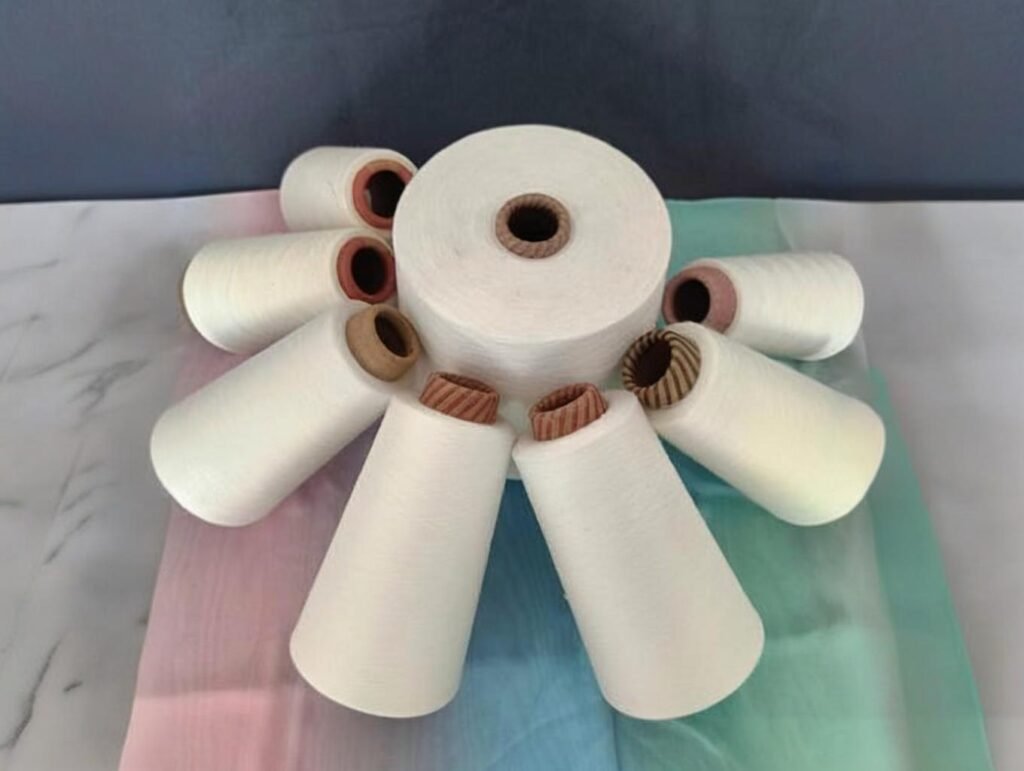
The most effective printing techniques for polyester private label apparel are sublimation, heat transfer (DTF or vinyl), and screen printing, depending on fabric type, design complexity, color count, and order volume. Embroidery is also popular for premium branding applications.
Matching Print Technique to Garment Design and Brand Vision
1. Sublimation Printing (Top Choice for Polyester)
- Ideal for 100% polyester, especially white/light colors
- Inks are heat-fused into the fibers, offering excellent colorfastness
- Best for all-over prints, detailed artwork, and gradient graphics
- Minimum fading even after 50+ washes
| Pros | Cons |
|---|---|
| Crisp details, unlimited colors | Requires 65%+ polyester content |
| Permanent, doesn’t crack | Not suitable for dark fabrics |
2. Heat Transfer (DTF or Vinyl)
- Ideal for low-MOQ personalized prints like logos or names
- Vibrant on both dark and light poly fabrics
- Fast setup; no screens required
Best Used For:
- Limited edition drops
- Influencer merchandise
- Multi-style collections with small runs
3. Screen Printing
- Effective for bold logos and flat designs with limited colors
- Requires polyester adhesion primer for long-lasting results
- Cost-efficient for bulk orders over 300 pcs
4. Embroidery
- Adds a tactile, high-end look
- Great for branding on polos, jackets, and caps
- Higher setup cost and limited for very detailed logos
5. Hybrid Approaches
Many private labels combine techniques:
- Sublimation for main body design
- Embroidery for logo placement
- Heat transfer for care labels or seasonal patches
Printing Method Comparison Table
| Technique | MOQ | Best For | Durability | Setup Cost |
|---|---|---|---|---|
| Sublimation | 50+ pcs | All-over vibrant prints | ★★★★★ | Low |
| Heat Transfer | 30+ pcs | Custom logos, names | ★★★★☆ | Low |
| Screen Printing | 300+ pcs | Simple, bold graphics | ★★★★☆ | Medium |
| Embroidery | 100+ pcs | High-end branding | ★★★★★ | High |
Example: Music Festival Capsule Drop
A European DJ launched limited-edition performance tees using:
- 160 GSM white polyester
- Sublimation for the chest design
- Heat transfer for QR code on the sleeve
- Pre-folded polybagging with hangtags
The result? 98% sell-through in two weeks and no returns for print defects.
Do Sustainable Polyester Options Like rPET Work for Private Label Production?
Yes, sustainable polyester—especially rPET (recycled polyethylene terephthalate)—works extremely well for private label production, but it may require slightly higher MOQ and longer lead time. rPET supports eco-conscious branding while maintaining similar durability and print quality as virgin polyester.
Understanding the Role of rPET in Modern Apparel
1. What Is rPET?
- Made from post-consumer PET bottles
- Converted into polyester fibers through melting and re-spinning
- Reduces dependency on petroleum-based raw materials
2. Fabric Characteristics
| Feature | rPET Performance | Notes |
|---|---|---|
| Softness | Similar to virgin PET | Can be enhanced with brushing or blending |
| Dye Affinity | Excellent for sublimation | Slightly less flexible for deep blacks |
| Strength | High | Same durability and pilling resistance |
| Stretch Integration | Compatible with spandex | Used in activewear, yoga sets |
3. MOQ and Lead Time Considerations
| Element | Virgin Polyester | Recycled Polyester (rPET) |
|---|---|---|
| Fabric MOQ (per color) | 200–300m | 300–500m |
| Fabric Production Time | 5–7 days | 10–15 days |
| Garment MOQ | 100–300 pcs | 300–500 pcs |
4. Market Value and Brand Appeal
Private labels using rPET can market:
- Carbon footprint reduction (rPET uses ~60% less energy to produce)
- Plastic waste diversion (~25 bottles = 1 t-shirt)
- Sustainability certifications (GRS, OEKO-TEX, etc.)
Real Brand Case: Conscious Streetwear in NYC
A Gen-Z targeted streetwear label produced:
- 350 pcs of graphic tees using 100% rPET jersey
- Sublimation printing with waterless process
- Eco hangtags with plastic-free packaging
Their campaign messaging—”From Bottle to Body”—boosted conversions by 17% in the first month of launch.
5. Certifications to Request
| Certification | What It Confirms |
|---|---|
| GRS | Verifies recycled material content |
| OEKO-TEX® 100 | Confirms fabric is free of harmful chemicals |
| Bluesign® | Validates sustainable and ethical production |
Sustainable polyester blends offer a powerful positioning advantage. If your brand values include circular fashion, using rPET is a smart long-term play—even with slightly higher costs or MOQ.
What Quality Control Measures Are Essential During Polyester Garment Manufacturing?
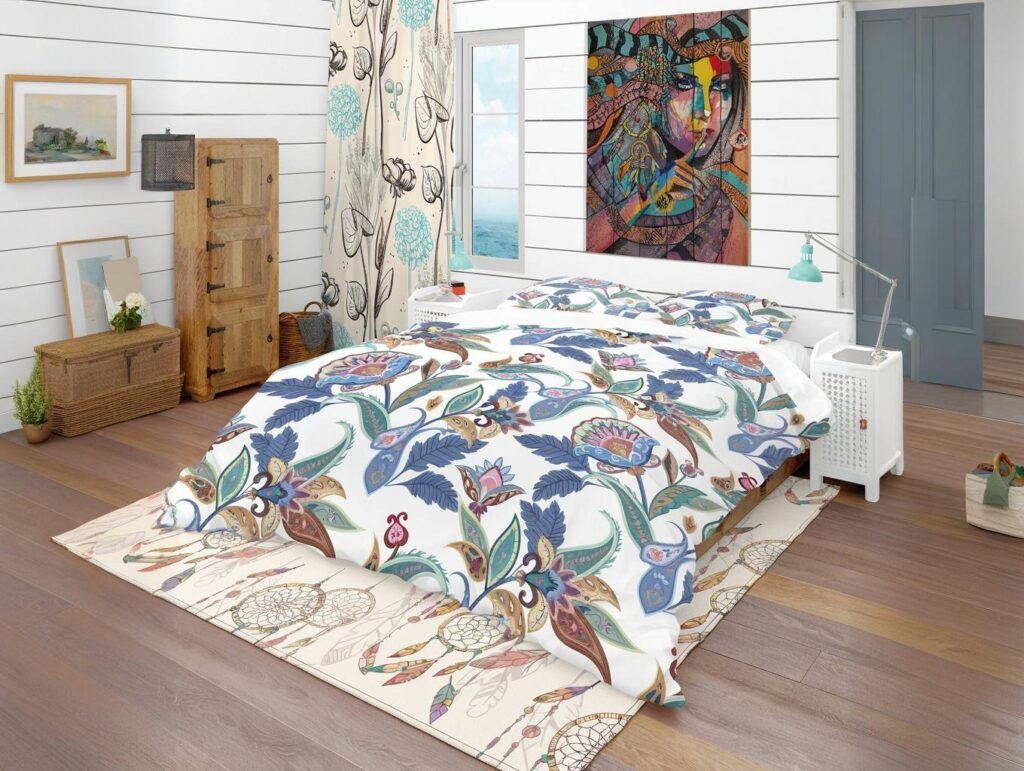
Effective quality control (QC) in polyester garment manufacturing involves a multi-layered approach that includes fabric inspection, in-process monitoring, final product audits, and post-print evaluation. These steps ensure brand consistency, customer satisfaction, and long-term cost efficiency.
Critical QC Phases and Techniques
1. Fabric Quality Checks
| QC Step | Purpose | Frequency |
|---|---|---|
| Shade and Color Matching | Ensure all rolls match Pantone standards | Every batch |
| GSM Testing | Verifies weight consistency across lots | Per roll |
| Defect Point Checking | Spot slubs, holes, contamination | 4-point system used |
2. Printing Quality Inspection
| Print Type | Key Defect Risks | QC Criteria |
|---|---|---|
| Sublimation | Ghosting, fading, misalignment | Crisp lines, vivid color retention |
| Heat Transfer | Peeling, improper adhesion | Smooth edges, full coverage |
| Screen Printing | Smudging, ink bleeding | Accurate registration, clean print |
| Embroidery | Loose threads, uneven texture | Consistent stitching, no gaps |
3. In-Process Sewing QC
- Stitch tension and alignment
- Flatlock seam integrity (common in sportswear)
- Trim application accuracy (zippers, cords, rib cuffs)
- Size tolerance (typically ±1–2 cm)
4. Final Inspection and Packing QC
| Element | Checklist |
|---|---|
| Labels & Tags | Correct logo, size, placement |
| Folding and Packaging | Retail-ready folds, barcodes applied |
| Polybagging | Clean, sealed, properly tagged |
| Random Sampling (AQL) | Follows Acceptable Quality Limit standard |
Real-World Application
SzoneierFabrics employs:
- 3-stage QC: Pre-cut, mid-line, final
- AQL Level II (2.5%) as default inspection threshold
- Optional SGS/BV third-party QC for retail brands
As a result, defect rates are consistently under 1.5%, which is well below industry norms.
5. Post-Production Testing (for Premium Brands)
- Shrinkage tests (after 5 washes)
- Colorfastness to sweat/light/wash
- Tensile strength of seams
A U.S.-based women’s athleisure brand noticed inconsistent sizing in their second order. Upon investigating, they found no in-process QC during sewing. They switched suppliers and implemented daily in-line checks—which reduced customer return rate by 28% in three months.
How Do You Select a Reliable Manufacturer for Custom Polyester Clothing?
Selecting the right manufacturer involves evaluating technical capabilities, customization support, communication efficiency, and past project experience. A great supplier isn’t just one with the cheapest quote—it’s the one that can scale with your brand while protecting your design integrity and delivery timeline.
Smart Manufacturer Vetting for Private Labels
1. Key Manufacturer Evaluation Checklist
| Criteria | Questions to Ask |
|---|---|
| Polyester Expertise | Do you specialize in polyester garments? |
| Sampling Turnaround | How fast can you sample new styles? |
| MOQ Flexibility | Can you support 100–300 pcs per style initially? |
| Customization Range | What are your logo, trim, and finish capabilities? |
| QC and Compliance | What quality systems and certifications do you follow? |
2. Factory Audit Tips
- Ask for photos/videos of sewing lines, print rooms, and QC stations
- Request past client references or catalog of private label work
- Clarify if subcontracting is involved (and how it’s controlled)
3. Value-Added Services to Look For
- Design support or in-house tech pack conversion
- Fabric R&D for performance or eco collections
- Multilingual sales team for clear communication
- Global logistics or DDP (Delivered Duty Paid) options
4. Certifications That Signal Trustworthiness
| Certification | What It Verifies |
|---|---|
| OEKO-TEX® Standard 100 | Safe textiles, chemical testing |
| GRS | Verified recycled content and chain of custody |
| ISO 9001 | Factory management systems |
| Sedex/WRAP | Ethical labor and working conditions |
Real-World Brand Success
A German streetwear label expanded from 2 to 10 SKUs in 12 months by partnering with a polyester factory that:
- Offered custom cuts, DTG-compatible polyester
- Delivered MOQ as low as 200 pcs/style
- Pre-packed products with barcode and polybag for fulfillment They credited the factory’s flexibility and clear timelines for helping them hit seasonal drops.
From Concept to Collection, Make Polyester Work for You
Manufacturing polyester clothes for private label brands is more accessible than ever—if you’re informed, strategic, and partner with the right team. From defining your first tech pack to selecting recycled fabrics, from choosing decoration methods to ensuring strict quality control, the process can scale with your ambitions.
Whether you’re building a lifestyle label, athletic line, or eco-focused startup, polyester offers flexibility, print vibrancy, and market-tested performance.
Start Your Custom Polyester Journey with SzoneierFabrics
SzoneierFabrics is your trusted partner in custom polyester apparel, offering:
- Full-service manufacturing from concept to delivery
- Low MOQ support, fast sampling, and global shipping
- Sublimation, heat transfer, and embroidery expertise
- Sustainable material options including rPET
Get started today by contacting and tell us about your next private label idea. Let’s bring your vision to life with smart sourcing, fast turnaround, and flawless results.
